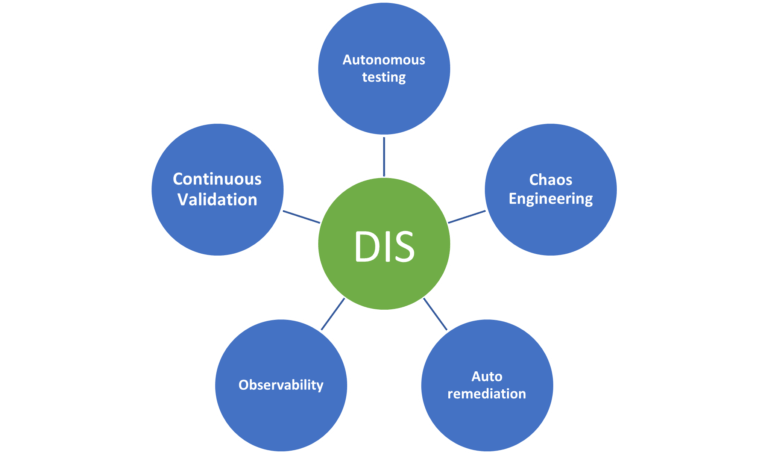What is a digital immune system (DIS)?
A digital immune system is a combination of technologies and IT processes including software development, design, automation, analytics, and operations to deliver excellent UX and reduce errors that hamper business performance.
DIS enables enterprises to build resilient software facilitating faster recovery from failures.
Why enterprises need a DIS?
Previously, IT success was measured in terms of solution delivery capabilities i.e., on-time and on-budget. The scenario has changed dramatically now. Digital transformation is changing the business landscape. Modern enterprise applications must deliver compelling user experience along with adding business value.
Primarily, enterprises build digital solutions to improve customer experience. DIS ensures that all defects, anomalies, security bugs, and system failures etc. are fixed to deliver superior CX.
Prerequisites of building a digital immune system
A DIS helps enterprises increase customer satisfaction by achieving greater uptime and an efficient delivery experience.
Gartner predicts, “By 2025, organizations investing in building digital immunity will increase customer satisfaction by decreasing downtime by 80%.”

Image Source: Top Strategic Technology Trends 2023 – Gartner
Based on the diagram given above, we arrive at few key actions that enterprises may take to successfully implement a DIS.
- Form teams to develop and execute an effective DIS strategy. Assess which capabilities will benefit most from the DIS strategy.
- Build dedicated communities of practice (CoPs) for knowledge sharing – lessons learned, standards, guiding principles, tools, insights, etc. Enterprise architects from all relevant domains must lead these CoPs to ensure effectiveness of this approach.
- All leaders in the organization must collaborate to work towards resilience related goals and strive to improve customer experience. Collaboration between teams – development, operations, and security – helps enterprises innovate continuously.
Elements of DIS

- Autonomous Testing: It includes software testing using AI/ML tools. This type of testing goes beyond automated test execution. It automates and synchronizes planning, creating, maintaining, and analyzing test cases, enabling independent and autonomous test procedures.
- Chaos Engineering: Fault testing helps identify software bugs and other anomalies in the development process. In this method, tests are executed in the preproduction environment.
- Observability: Through this method, IT developers can identify the root cause of the issue and fix bugs quickly. Observability tools such as New Relic, Lightstep, etc. helps identify the specific anomaly and related information such as metrics, log files, etc. Development teams can achieve greater uptime with the help of these tools.
- Autoremediation: An IT ecosystem that monitors itself and fixes issues automatically without any manual intervention. For example, if an application crashes or reverts to a previous version, it can be fixed by just restarting the application.
- Continuous validation: Monitor the integrity of systems and data to identify anomalies in a live environment.
To build an effective DIS, you must focus on key elements to create attractive user experience. Important question to consider: Does it work properly? What features/functionalities must be added to make it work better? What elements are required to make the app more resilient?
This shift in your mindset will make you ready for innovation. It will help enterprises build high-quality software that takes care of probable issues at early stages of development.
This approach makes enterprises more capable of handling bug fixes with greater efficiency and ensure the app always runs smoothly.
Adopt a digital immune system now! Create a superior customer experience by being resistant to failure. Analyse the business value a DIS creates for your business and your stakeholders.




